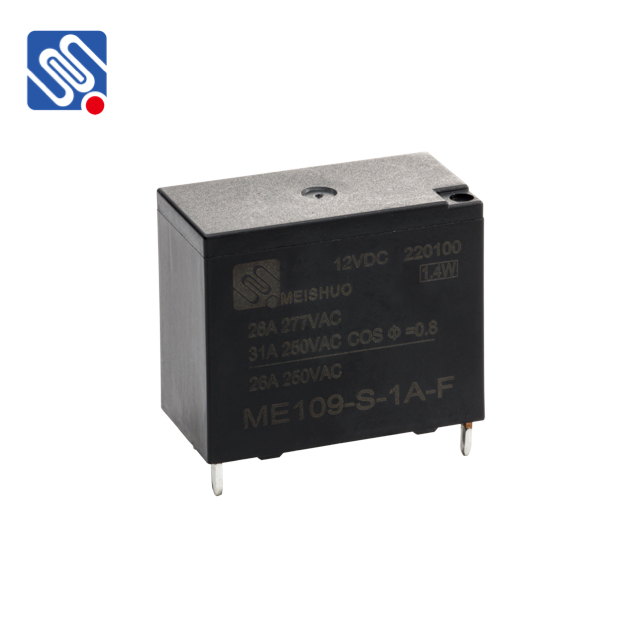As the world shifts towards sustainable energy, the demand for efficient, reliable, and safe energy distribution systems has never been higher. Among the critical components enabling the smooth functioning of modern renewable power systems are relays, specifically designed for new energy applications. These New Energy Relays have become indispensable in managing the complexities of renewable energy systems, electric vehicles (EVs), and energy storage solutions. This article delves into the importance, types, and future trends of New Energy Relays in ensuring the reliability and safety of these systems.

The Role of New Energy Relays At their core, relays are electrical devices that control the flow of electricity in a circuit, acting as switches. In the context of new energy systems, relays play an even more critical role. With renewable energy generation and storage technologies, such as solar panels, wind turbines, and large-scale battery systems, often working in environments where power demand and supply can fluctuate dramatically, New Energy Relays ensure that power is routed in a safe and controlled manner. For example, in electric vehicles, these relays manage the high-voltage power between the battery, electric motor, and charging systems. In solar power systems, relays handle the switching between energy production from the panels and the storage batteries or the grid, ensuring optimal performance and protection against overloads or short circuits. In energy storage systems, relays control the charging and discharging cycles, helping to maximize battery life and efficiency.